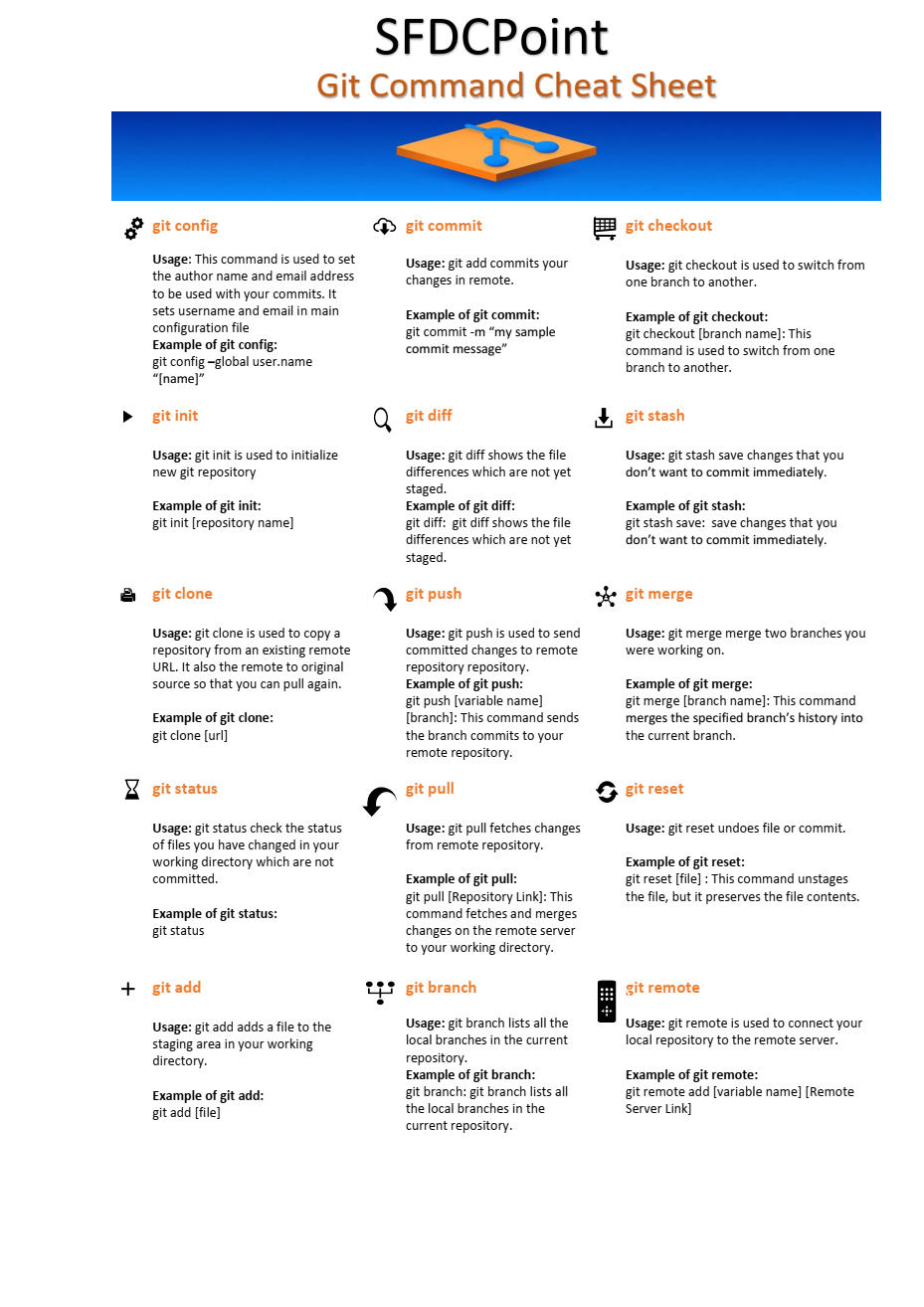For a more detailed description of the natbib package, L A TEX the source file natbib.dtx. Overview The natbib package is a reimplementation of the L A TEX cite command, to work with both author-year and numerical citations. Lumion free trial mac. It is compatible with the standard bibliographic style files, such as plain.bst, as well as with those for harvard, apalike, chicago, astron, authordate. Following command: nrenewcommandfnlabelitemi gf$ nbullet$ g renewcommandfnlabelitemii gf$ cdot$ g nrenewcommandfnlabelitemiii gf$ ndiamond$ g nrenewcommandfnlabelitemiv gf$ nast$ g The space between di erent items can be controlled with the itemsep command: nbeginfitemizegnitemsep2pt To change enumerated lists counters itemize labels.
LaTeX is the de facto standard typesetting system for scientific writing. A lot of the nice looking equations you see in books and all around the web are written using LaTeX commands. Knowing a few of the mathematics commands is not only helpful if you want to write a book or an article (or do some extreme stuff), but can come in handy in a lot of places, as many systems support LaTeX. You can use LaTeX in MathJax to display expressions on the web (like here), you can make yourself good looking mathematics flashcards in Anki, you can even nerd out and send formulas built with LaTeX commands to your friends via an iMessage app. Also, Apple’s latest Pages release now supports LaTeX equations.
Reasons enough to get familiar with the standard commands!
While a lot of commands can be written out in plain (e.g. 1+1=2), there are other frequently used commands you will need to look up or memorise.
I plan to update this post continuously as I find myself looking for a common symbol I haven’t listed yet. Feel free to drop me an email or comment when you land here and don’t find the answer to a frequently used symbol.
Latex Math Reference Sheet
Here is the cheat sheet (naturally incomplete):
Fractions
| Command | Description | Output |
|---|---|---|
| frac | Build a fraction like so: frac{1}{2} | $$frac{1}{2}$$ |
| frac{frac{}}{} | You can nest fractions: frac{frac{1}{2}}{2} | $$frac{frac{1}{2}}{2}$$ |
Greek letters
(capitalize by capitalizing the command)
| Command | Description | Output |
|---|---|---|
| alpha | alpha | $$alpha$$ |
| beta | beta | $$beta$$ |
| gamma | gamma | $$gamma$$ |
| delta | delta | $$delta$$ |
| epsilon | epsilon | $$epsilon$$ |
| zeta | zeta | $$zeta$$ |
| eta | eta | $$eta$$ |
| theta | theta | $$theta$$ |
| iota | iota | $$iota$$ |
| kappa | kappa | $$kappa$$ |
| lambda | lambda | $$lambda$$ |
| mu | mu | $$mu$$ |
| nu | nu | $$nu$$ |
| xi | xi | $$xi$$ |
| o | omicron | $$o$$ |
| pi | pi | $$pi$$ |
| rho | rho | $$rho$$ |
| sigma | sigma | $$sigma$$ |
| tau | tau | $$tau$$ |
| upsilon | upsilon | $$upsilon$$ |
| phi | phi | $$phi$$ |
| chi | chi | $$chi$$ |
| psi | psi | $$psi$$ |
| omega | omega | $$omega$$ |
Logic
| Command | Description | Output |
|---|---|---|
| forall | For all | $$forall$$ |
| exists | Exists | $$exists$$ |
| lor | Or | $$lor$$ |
| land | And | $$land$$ |
| veebar | Xor | $$veebar$$ |
| neg | Not | $$neg$$ |
Operators
| Command | Description | Output |
|---|---|---|
| times | Times | $$times$$ |
| cdot | Dot | $$cdot$$ |
| div | Division | $$div$$ |
| pm | Plus minus | $$pm$$ |
Relation
| Command | Description | Output |
|---|---|---|
| neq | Not equal | $$neq$$ |
| approx | Approximately equal | $$approx$$ |
| leq | Less than or equal | $$leq$$ |
| geq | Greater than or equal | $$geq$$ |
| ll | Much less than | $$ll$$ |
| gg | Much greater than | $$gg$$ |
Sets
(Often you can put an “n” before the command and get the negation)
| Command | Description | Output |
|---|---|---|
| supset | Proper superset | $$supset$$ |
| supseteq | Superset | $$supseteq$$ |
| subset | Proper Subset | $$subset$$ |
| subseteq | Subset | $$subseteq$$ |
| in | Member | $$in$$ |
| emptyset | Empty set | $$emptyset$$ |
| mathbb{R} | Set of real numbers | $$mathbb{R}$$ |
| cup | Set union (belonging to A OR B) | $$cup$$ |
| cap | Set intersection (belonging to A AND B) | $$cap$$ |
Super-/Subscript (Exponents / Indices)
| Command | Description | Output |
|---|---|---|
| ^ | Use ^ for superscript. Example: x^2 | $$x^2$$ |
| ^{} | Use ^{} for exponents with >1 digit. Example: x^{10} | $$x^{10}$$ |
| _ | Use _ for subscript. Example: x_0 | $$x_0$$ |
| _{} | Use _{} for subscript with >1 digit. Example: x_{10} | $$x_{10}$$ |
Latex Math Commands Cheat Sheet
Others
| Command | Description | Output |
|---|---|---|
| infty | Infinity | $$infty$$ |
| partial | Partial | $$partial$$ |
| hat{} | Estimator | $$hat{theta}$$ |
| sqrt[root]{} | Square root | $$sqrt[3]{4}$$ |


Related Tags
HandoutInternational LanguagesMathPosterTutorialPhysicsSource Code ListingFrenchPortuguese (Brazilian)Getting StartedSpanishLecture NotesTechnical Manual